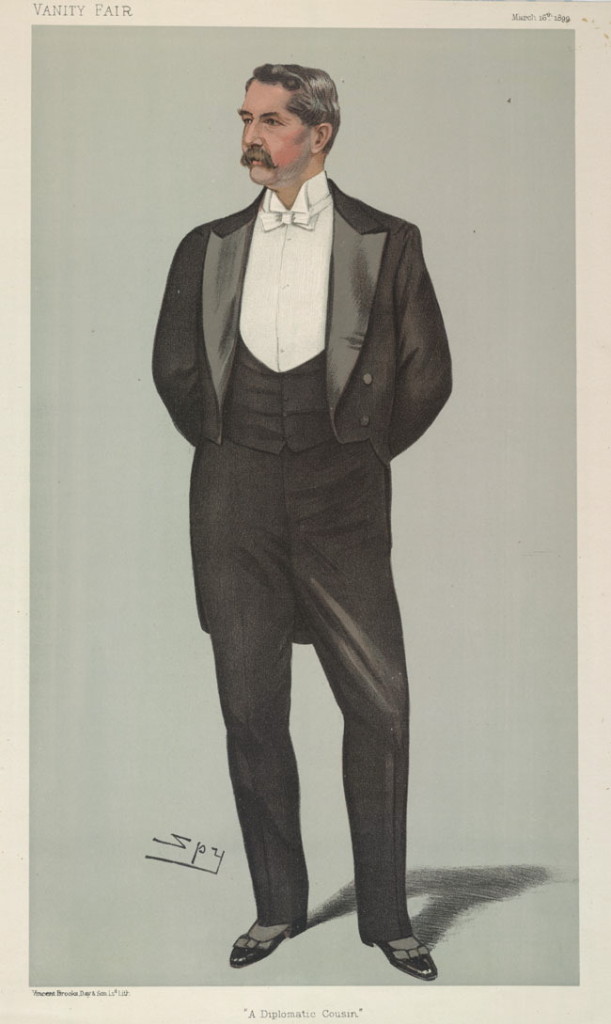During the Gilded Age, calling cards were an essential social tool, and knowing how to use them correctly was a sign of good manners. Unlike modern business cards which we present to someone in person when we first meet them, Gilded Age calling cards were presented in absentia to show someone you wanted to become acquainted with them.
If you lived in the Gilded Age and moved to a new town or city, you would deliver (or have your servant deliver) your calling card to the locality’s best addresses. If you delivered it yourself, the butler who received your “call” (visit) would fold down the top right corner to show the lady of the house that you presented it in person. If she wanted to meet you in return, she sent her servant to your house with her card. Once cards had been successfully exchanged, invitations to tea, luncheons, and dinners followed.
The cards were printed in black ink on heavy white or cream-colored cardstock using an elegant Script or Copperplate font.
The selection of Gilded Age calling cards shown above are from the papers of Mrs. Mary Foote Henderson (1846-1931), who was for many years the grande dame of Washington society. Heinrich von Müller’s card had the top right corner folded down, indicating it was presented in person. The card shown on the left – Mr. Henry White, 1624 Crescent Place – has an important connection to Larz Anderson. White (1850-1927) was Larz Anderson’s boss at the American Legation in London from 1891 to 1894.
Illustrations
Gilded Age Calling Cards, Papers of Mary Foote Henderson
Smithsonian Institution Archives
Copyright (c) 2011 by Skip Moskey
(Digimarc® Guardian for Images)
Mr. Henry White by “Spy” (Leslie Ward)
Men of the Day No. 741
Vanity Fair Magazine, 16 March 1899
Digitized by University of Virginia Fine Arts Center
Public Domain

